What Are the Three Types of Asphalt Shingles?
Next time you walk through your neighborhood, you should look at some of the different roofs in your area. You’ll probably notice that they all have...
Every book needs its first chapter, every story needs a beginning, and in the same way, every roof needs its starter shingles. But, what are those?
Don’t get confused, starter shingles are not an entry level roof, or the shingles you put on your first home.
Starter shingles are the shingles that really kick off the roofing process, and are placed at the bottom edge of the roof to provide an easy starting point for the installation of the rest of the shingles.
In today’s blog we’re going to be talking all about starter shingles: what they are, why they are used, where they should be installed, and what kinds of starter shingles are out there on the market.
Alright, let’s get started!
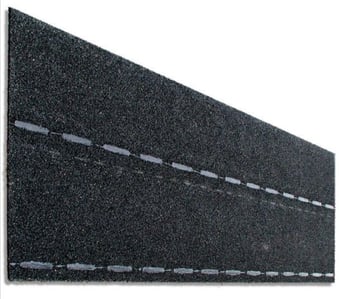
Starter shingles are the roofing material used to, well, start the shingle installation! They are affixed to the edge and bottom of the roof, before the more protective layer of asphalt shingles are attached and used to cover the rest of the roof.
A starter shingle is essentially a strip of asphalt that has a sealant along the lower edge of the strip. There’s not a whole lot else to their design, but the reason they are used is that they are very important for your roof’s wind resistance, and long-term health.
Starter shingles are used because they greatly reduce your shingles chances of blowing up on the edges of your roof. Those points of asphalt sealant are key to holding down the the shingles at the bottom and edge of the roof. That sealant heats up after being installed, and melts, fusing the starter strip, and that first layer of shingle together.
This extra layer increases that section of your roof’s water resistance, and will help reduce the likelihood of your shingles blowing up during an intense storm. Without these starter strips, strong winds could easily get up under the shingles on the edges of your roof. The way that asphalt shingles are layered on top of each other means that not only are they nailed into the roof decking, but they also are sealed with the layer below it using the same sealant that goes on a starter strip.
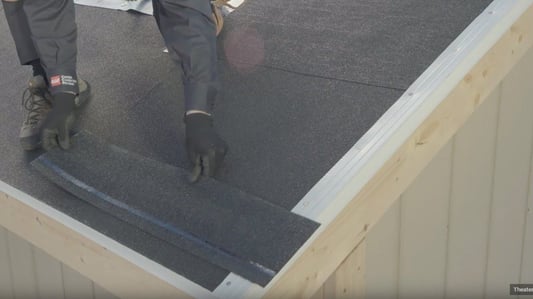
A roof installed in this way functions as more of a unit, with all the pieces sealed together, than individual roof shingles protecting their own area.
In most places to meet your local building codes, you’ll only NEED to install starter shingles on the bottom edges, or eaves of your roof. That being said, most roofing companies will recommend that, if your home has them starter shingles also be put on the rake edges of your roof as well, which is the part of roof that does not have gutters attached to it, and is on a “gabled” (angled) edge of your roof.
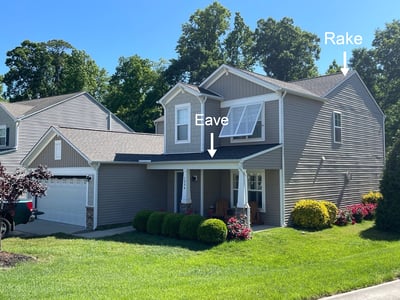
Using starter shingles on the rakes actually helps a good bit with your roof’s drainage. The starter shingles will raise the edges of your shingles ever so slightly, which means that any water that might be washing off the side of your roof, will likely be prevented from doing so, and be redirected down towards your gutters, where it is supposed to go.
A lot happens during the roof replacement process, so you may be curious when exactly these starter shingles go on!.
Though they start the shingle installation, they don’t start the entire roof installation. The first thing that happens after a tear-off is the crew replacing any damaged or rotten roof decking. After that, the decking is prepared with multiple materials. First an underlayment is put all over to cover the roof decking, and drip edge is installed at the edges of the roof. Then ice & water shield and flashing are put over leak-sensitive areas like valleys and penetrations.
After all this, the starter shingles finally go on! Once the starter shingles are installed in the proper areas, the roof is ready for whichever asphalt shingles you’ve chosen to match your home.
Most major roofing manufacturers offer some line of starter shingle to be used as a part of their entire roof system. When you’re having your roof replaced, it’s pretty important to make sure that you use the products from the same manufacturer, as they are all designed to work together and create that single unit of protection that we talked about earlier.
GAF offers three different levels of starter shingle, and then an additional strip that is used to match the color of the starter shingle to the colors of some of GAF’s luxury shingles. The first is called QuickStart, a roll of asphalt that you peel off and stick on the roof instead of nailing. Next is Pro-Start, a typical starter strip that GAF recommends for their standard architectural shingles, and then, the highest tier is WeatherBlocker, which can be used with any of GAF’s shingles, including their luxury lines.
CertainTeed also has three main tiers, SwiftStart, the normal starter, then their High-Performance Starter, and a Presidential starter, for use with their Presidential line of shingles.
Now that you’ve been reading all about the starting point for shingle installation, you may find that you are at the starting point for your own roof replacement project.
Though the project can be a bit overwhelming at times, no need to worry, we’ve written a ton about the roof replacement process in several great blogs over in our Learning Center!
If you are already feeling up for it, and you live in the Raleigh, NC area, awesome! Reach out to us using the “Contact Us” button below, and we’ll get you in touch with our representative for your town. We’ve been replacing and repairing roofs for over 30 years, so whatever your project requires, we are On Top of it!
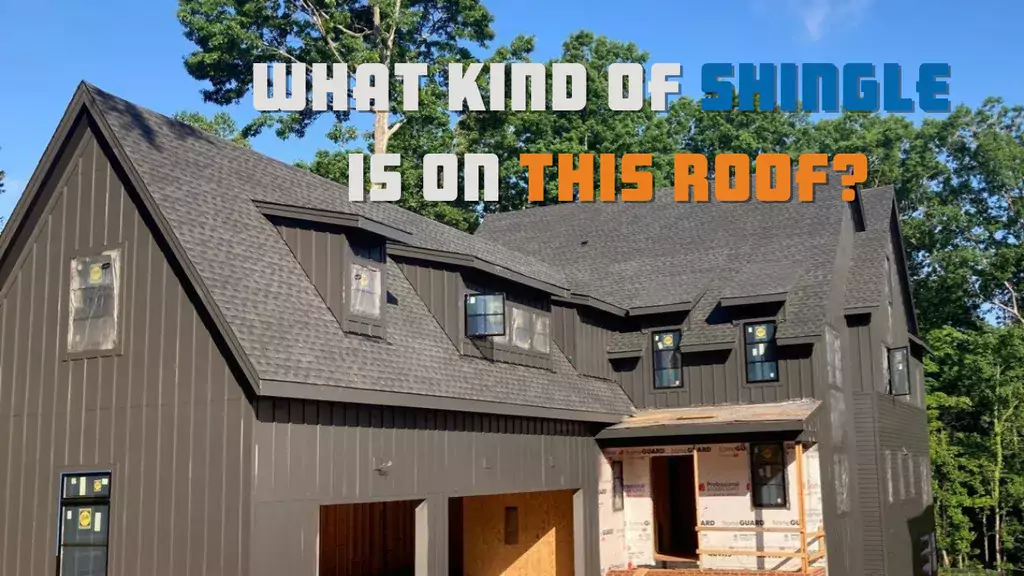
Next time you walk through your neighborhood, you should look at some of the different roofs in your area. You’ll probably notice that they all have...
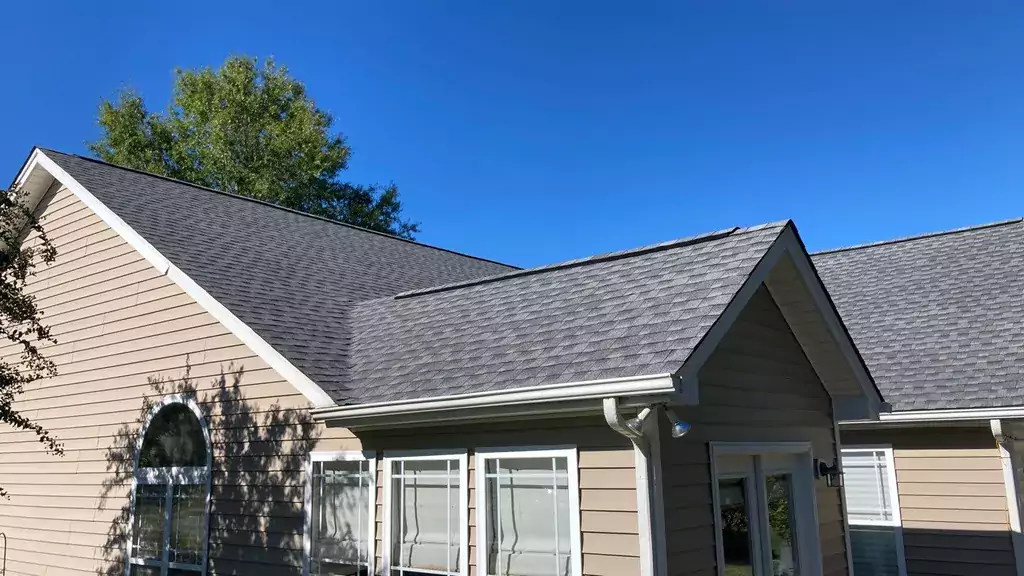
Early in your roofing process, as you’re doing your research to find out what roofing material is the right one for your home, you’re likely coming...
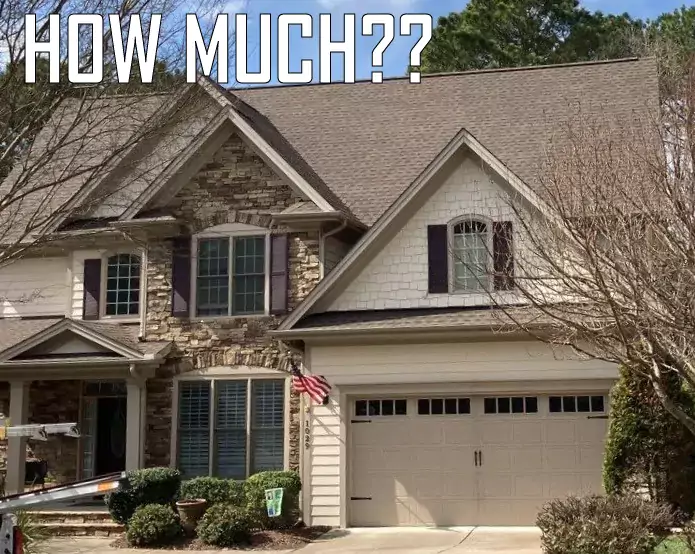
If you’ve started your roof replacement process, you’ve probably been curious about how much the actual cost of replacing your roof would be.